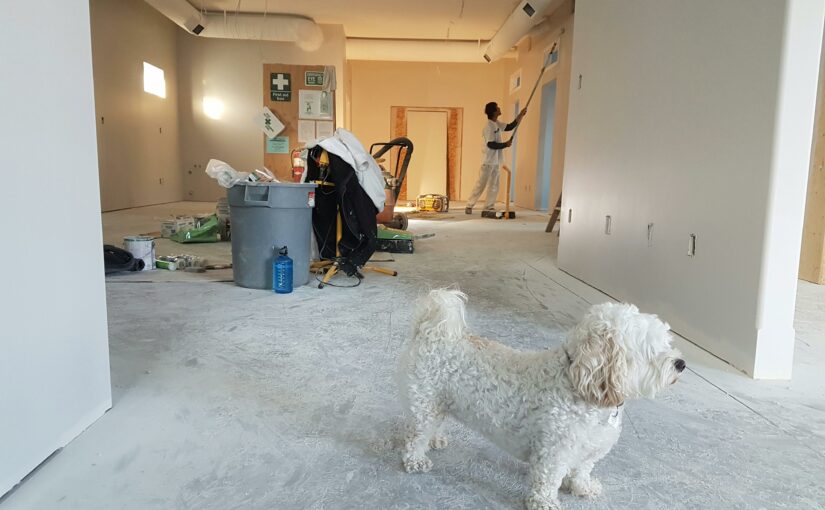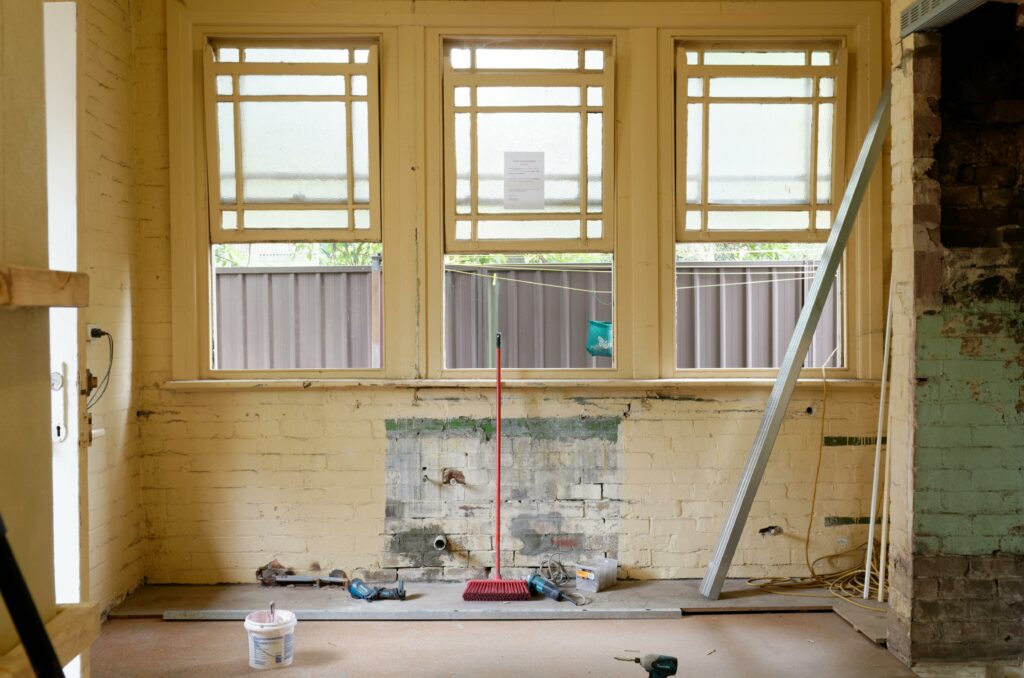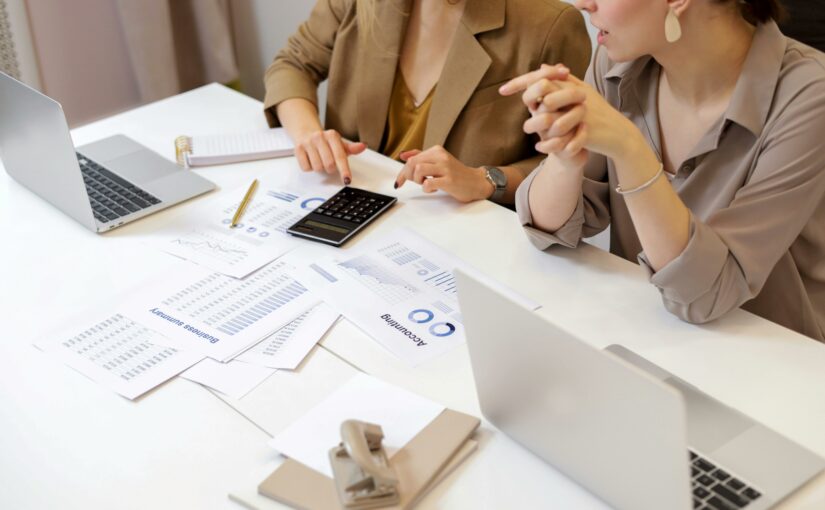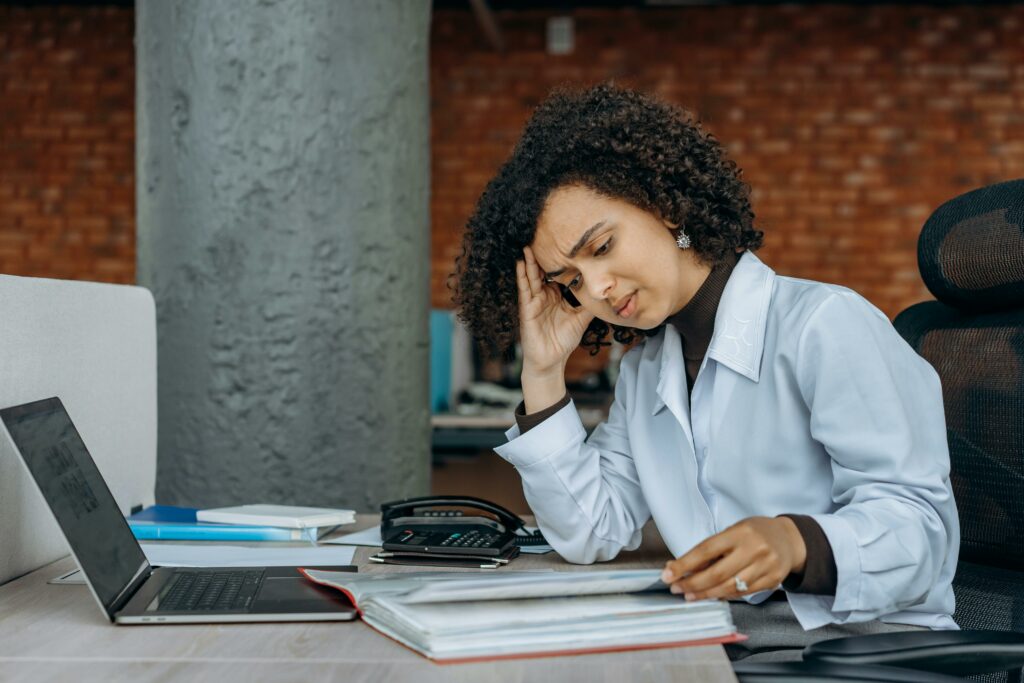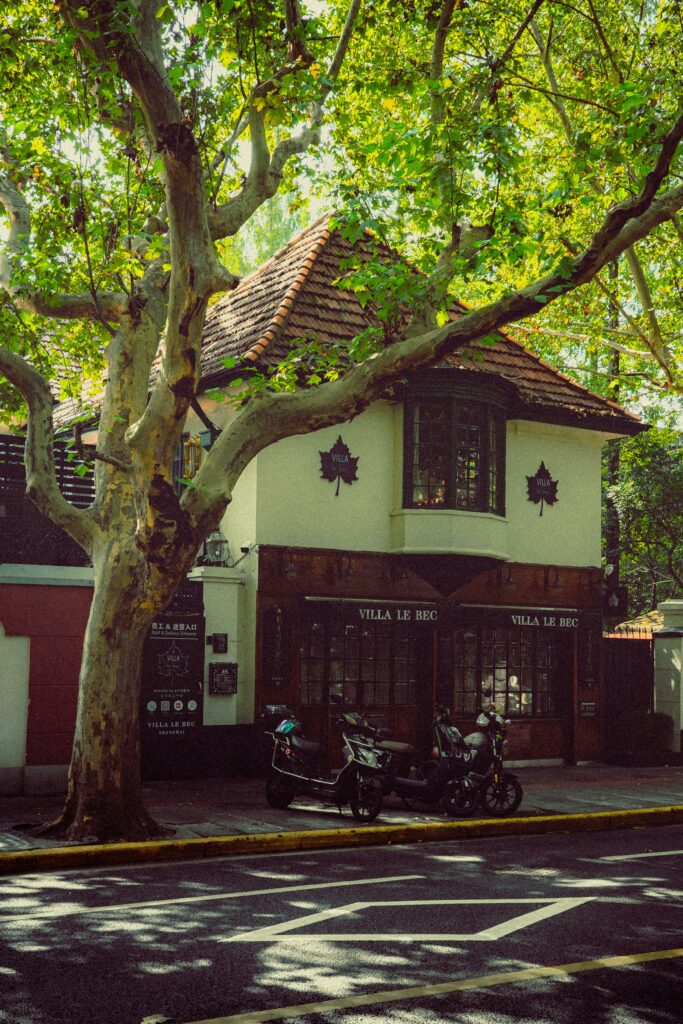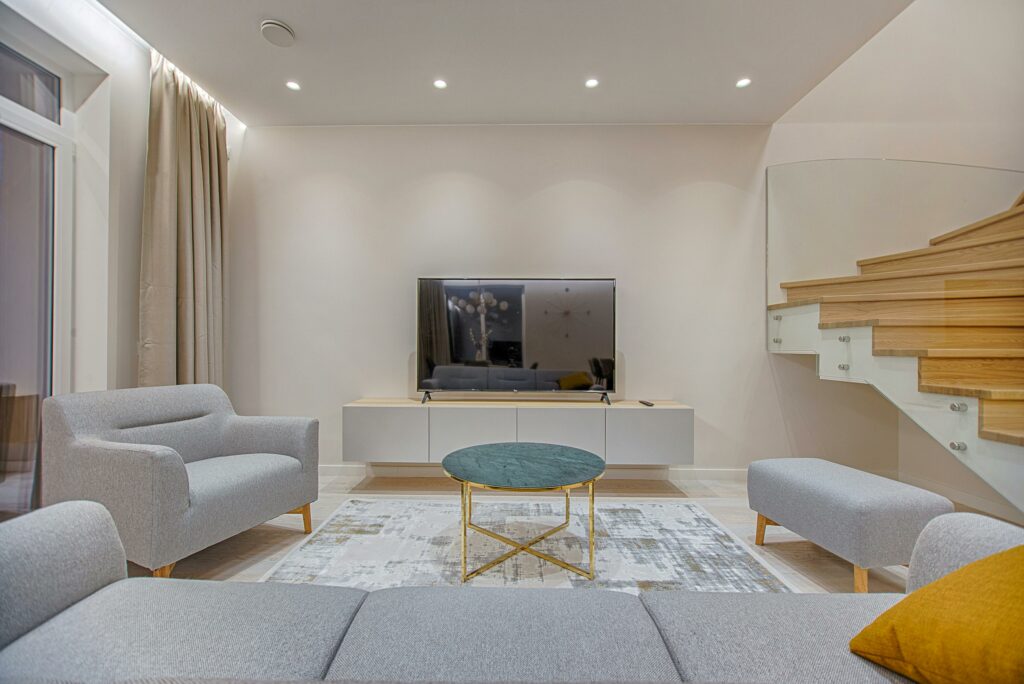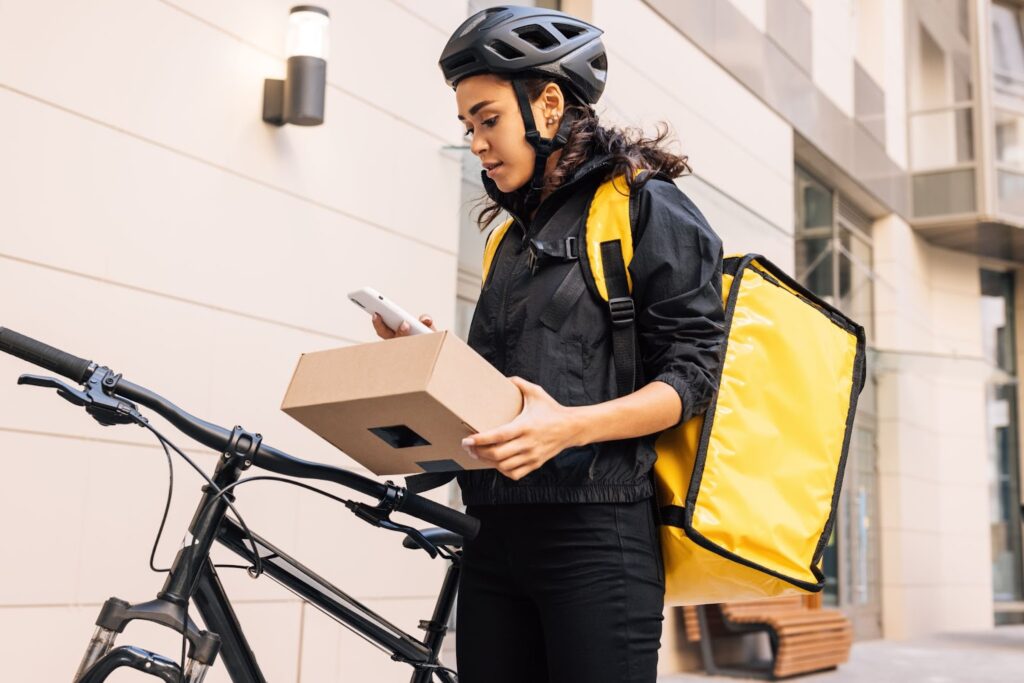Because Not All Months Are Created Equal, and Neither Are Homebuyers
So, you’re thinking about selling your home and wondering if timing really matters. The short answer? Absolutely. Different seasons bring different vibes, different buyer behaviors, and sometimes even different price points. When I sold my very first condo, I totally ignored the calendar. Big mistake. It took me longer to get an offer, and I probably could’ve squeezed out a bit more profit if I had timed it better.
But no worries—you can learn from my oversight. In this laid-back chat, we’ll go through the ins and outs of how each season affects the real estate market. Think of it like dressing for the weather. You wouldn’t wear flip-flops in a snowstorm, right? The same logic applies to selling your home. Certain “styles” (marketing tactics, open house strategies, and pricing approaches) will work better at different times of the year.

1. Why Seasonality Matters
First, let’s talk big picture. The real estate market doesn’t just chug along evenly all year. It ebbs and flows with the seasons. The reasons can be pretty obvious if you think about it:
- Weather: Warm, sunny days get people out of their homes and into yours for showings. Cold, snowy days? Not so much.
- Holidays and School Schedules: Families with kids often want to move in the summer to avoid pulling the kids out of school mid-year. Meanwhile, the holiday season can be chaotic, and fewer buyers want to deal with the stress of moving.
- Local Traditions and Events: In some regions, people might slow down in winter if it’s too snowy to do anything. In-resort towns, the high season might bring in more wealthy buyers looking for a vacation property.
Knowing this can help you plan ahead. If you need to sell fast (like, yesterday), it might make sense to adjust your price or marketing strategy to stand out during a slower season. If you have the luxury of time, waiting until the market heats up could snag you a higher sale price.
2. Spring: The Superstar of Selling
When I think of spring, I picture budding flowers, fresh breezes, and a sense of new beginnings. It turns out that a lot of buyers share that sentiment. This is traditionally the peak season for real estate.
Why Spring Rocks
- Warmer Weather: People aren’t hibernating, so they’re more willing to attend open houses.
- Tax Refunds: Some buyers might use their refunds as part of their down payment.
- School’s (Almost) Out: Parents want to finalize a new home before the next school year starts.
Strategies to Shine in Spring
- Brighten Up Your Home: Let in all the natural light you can. Swap dark curtains for something sheer. Add fresh flowers to the kitchen or dining table.
- Maximize Curb Appeal: Your yard or garden has come back to life after winter. Trim the lawn, plant colorful flowers, and maybe add a fresh coat of paint to the front door.
- Competitive Pricing: Demand might be high, but so is supply. Plenty of other sellers list their properties in spring. Make sure your price is in line with local comparables so you don’t scare away buyers.
Spring can be sweet, but be ready for competition. It’s like a giant block party—everyone’s invited, but you need to make your place stand out if you want buyers lingering on your porch.
3. Summer: The Family-Friendly Favorite
Right after spring, summer usually keeps the momentum going. School is out, days are longer, and people have more free time to house-hunt. I once listed a home in late June. The foot traffic was awesome—couples, families, and even out-of-towners on summer vacation.
Why Summer Still Sizzles
- Flexibility for Families: With kids on break, families can move without disrupting the school year.
- Vacation Time: Potential buyers might use their PTO to scope out homes, especially if they need to relocate.
- Extended Daylight: You can host showings later in the evening, which is super convenient for working folks.
Strategies to be Selling in Summer
- Show Off Outdoor Spaces: If you have a pool, deck, or patio, this is your time to shine. Stage these areas with cozy seating or fun pool floats.
- Keep It Cool: Nobody wants to walk into a sweltering house. Make sure your AC or fans are working, and offer bottled water during open houses.
- Target Weekend Showings: People often travel during weekdays. Weekends might be your best bet for open houses or private showings.
Watch out for holiday weekends (like the Fourth of July in the U.S.). Buyers may be out of town and not exactly in “house-hunting mode.” Plan your listing dates accordingly.

4. Fall: The Underdog with Potential
When autumn rolls in, a lot of sellers pack it up, thinking they missed the big wave of spring and summer. However, fall can actually be a sneaky good time to sell.
The Appeal of Autumn
- Serious Buyers: People looking in fall are often serious. They might want to close before the end of the year for tax reasons or to settle in before the holidays.
- Cozy Vibes: Think pumpkin spice, leaves changing color, and a warm, inviting ambiance inside your home.
- Less Competition: Since many sellers list earlier in the year, fewer listings might be available. That can help yours stand out.
Making the Most of Fall
- Stage for Warmth: Light the fireplace if you have one. Place plush throws on the couch. Think “cozy cabin retreat.”
- Keep It Tidy: Falling leaves are beautiful—until they pile up in your yard. Rake often and make sure your gutters are clean.
- Highlight Energy Efficiency: If you’ve done any weatherproofing or have a new HVAC system, advertise it. Buyers love saving on utility costs.
Fall is kind of like the underdog that ends up winning the big game. Don’t underestimate it just because it’s not as traditionally busy as spring or summer. You might find the perfect buyer who appreciates the quieter market.
5. Winter: The Slow Season That Can Still Work
I’ll be real with you. Winter is often the slowest season, especially in colder climates. People are busy with holidays or just plain reluctant to leave their homes in icy weather. But selling in winter isn’t impossible. In fact, you can sometimes snag a good deal because you’ll face less competition.
The Case for Winter Listings
- Motivated Buyers: If someone is out house hunting in the dead of winter, they probably need a place fast (maybe a job relocation or an urgent change in family circumstances).
- Less Inventory: Many sellers wait until spring, so your property might stand out if it’s the only one in the neighborhood.
- Festive Feel: Tasteful holiday decorations can create a warm, welcoming vibe.
Winter Survival Strategies
- Focus on Comfort: Keep the heat at a cozy level. No one wants to shiver through a showing.
- Clear Snow and Ice: Make sure walkways are safe. You don’t want a potential buyer slipping on your icy driveway.
- Cautious Décor: A little holiday cheer is nice, but don’t overdo it. You still want buyers to picture themselves living there year-round.
Winter might not be the easiest season to sell, but if you play it right, you can actually thrive. Think of it as the quiet club in school—sure, it’s not the loud, popular one, but sometimes that’s where all the good stuff happens.

6. Timing and Pricing Go Hand in Hand
Seasonality isn’t just about weather and holidays. It ties into your pricing strategy too. If you’re listing in a hot market (spring or early summer), you might be able to push your asking price a bit higher. If you’re selling in a slower season, you might consider pricing more competitively to attract those fewer—but potentially more motivated—buyers.
Here’s a handy tip list:
- Hot Season (Spring/Summer): Slightly higher listing price, but expect more competition.
- Shoulder Season (Fall): Price at or just below market value for a quicker sale.
- Off-Season (Winter): Price aggressively or offer incentives (like covering closing costs) to stand out.
If you’re looking to stretch your money even further, or maybe shave off some extra costs, definitely check out our Can You Really Sell Your House for Free? A Complete Guide. It offers some creative ways to minimize expenses, which might come in handy if you’re planning renovations or staging during an off-peak time of year.
7. Personal Touch: My Snowy Open House Adventure
Let me share a quick story to show that winter isn’t always a lost cause. A friend of mine once listed her home in January. It snowed a foot the night before the open house. She nearly canceled but decided to go through with it anyway. She shoveled the driveway, put out a welcome mat, turned the heat up, and even offered hot cocoa at the entrance.
You’d think nobody would show, right? Wrong. Three couples showed up, and one couple fell head-over-heels in love with the place. They’d just moved to the area for work and needed a home now. They made an offer that evening, and my friend was thrilled. Sometimes, all it takes is one motivated buyer.
8. How to Decide What’s Right for You
Wondering which season you should pick? Start by asking yourself these questions:
- How Urgent Is My Timeline?
- If you need to sell ASAP, you can’t always wait for spring. You might need to list in the off-season and adjust accordingly.
- What’s My Local Market Like?
- In warmer climates, the “off-season” might be summer when it’s too hot to do anything outdoors. In ski resort towns, winter might actually attract wealthy buyers looking for a getaway. Do some local research.
- Can I Handle Seasonal Prep?
- Selling in winter means shoveling snow. Selling in spring might mean dealing with unpredictable rain. Each season comes with its own prep work.
- Am I Willing to Stage Seasonally?
- Adjusting décor to suit the season can be a plus. Cozy fall vibes, bright spring florals, or a summery backyard. It might take extra effort, but it can pay off.
9. Seasonal Marketing Tactics to Consider
Don’t just rely on the weather to do the heavy lifting. Tailor your marketing to the season:
- Spring & Summer: Emphasize outdoor living spaces. Highlight the community features, like nearby parks or pools. Host evening open houses since it stays light longer.
- Fall: Play up the warmth and comfort of your home. Maybe bake some apple cinnamon treats for that irresistible aroma.
- Winter: Embrace the holiday spirit—light (minimal) decorations, and warm scents like cinnamon or pine. Offer hot drinks. Keep it cozy and welcoming.
Buyers love a home that feels perfect for that particular moment in time. If they can see themselves enjoying the current season in your home, you’ve already won half the battle.
10. Final Thoughts On Seasonal Selling
Selling a house is personal and strategic all at once. Seasonality plays a big role, but it’s not everything. You can find success at any time of the year if you price your home correctly, stage it well, and know how to cater to the types of buyers who are out there.
Remember:
- Spring and summer bring more traffic but also more competition.
- Fall can be a hidden gem with motivated buyers and less competition.
- Winter might be slow, but serious buyers are out there—just stay open-minded and flexible.
Above all, stay tuned in to your local market, and trust your instincts. If you can’t time it perfectly (because, hey, life happens), just optimize what you can. Spruce up your home, set a fair price, and market the heck out of it.
The good news is that no matter which season you choose, there’s a buyer out there who wants your home. It might just take a little extra strategy if you’re going against the usual trends. So go ahead, make a plan, and put your best (seasonally appropriate) foot forward.

